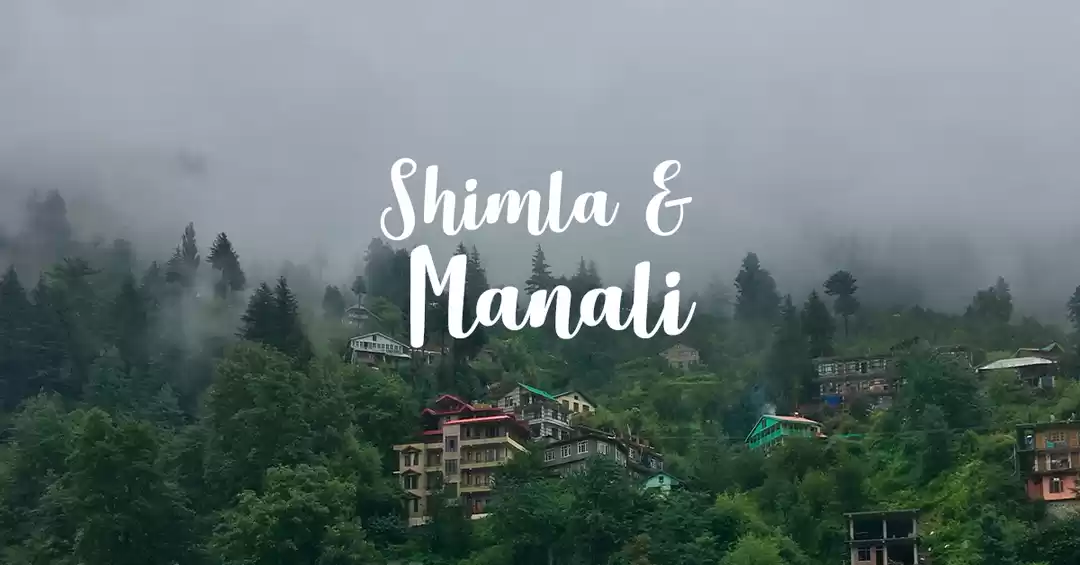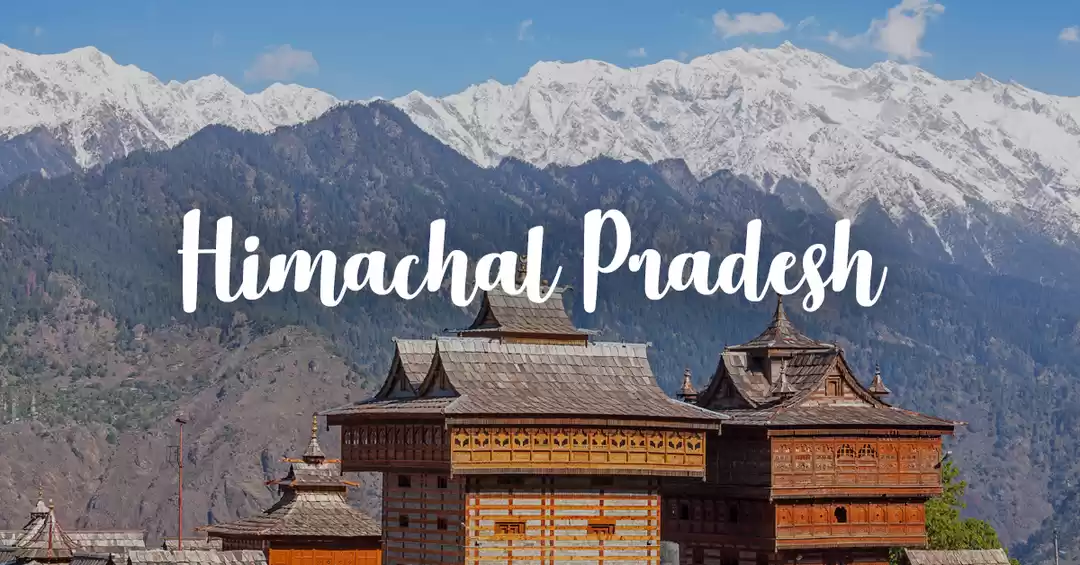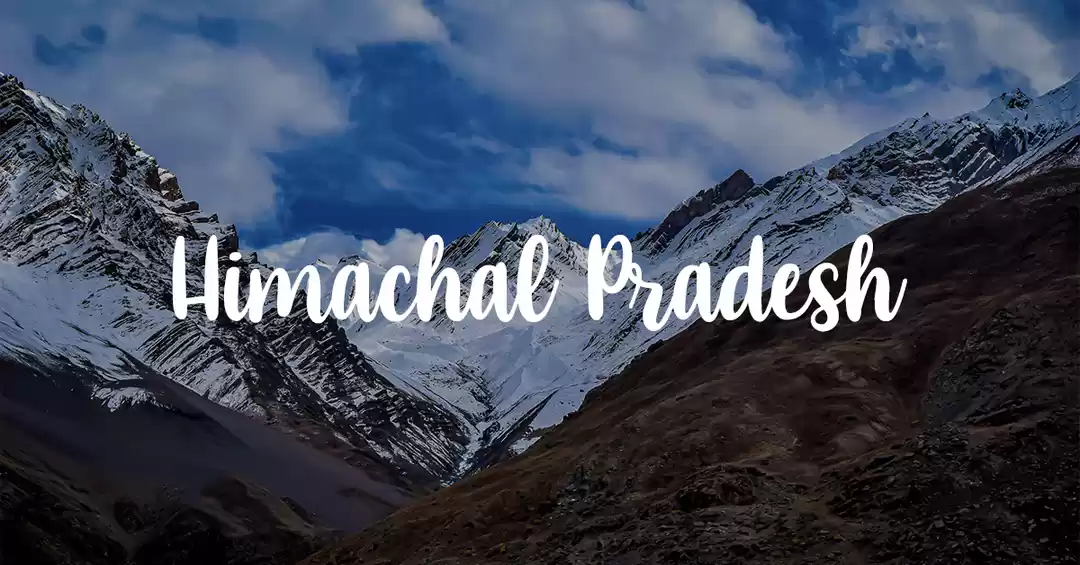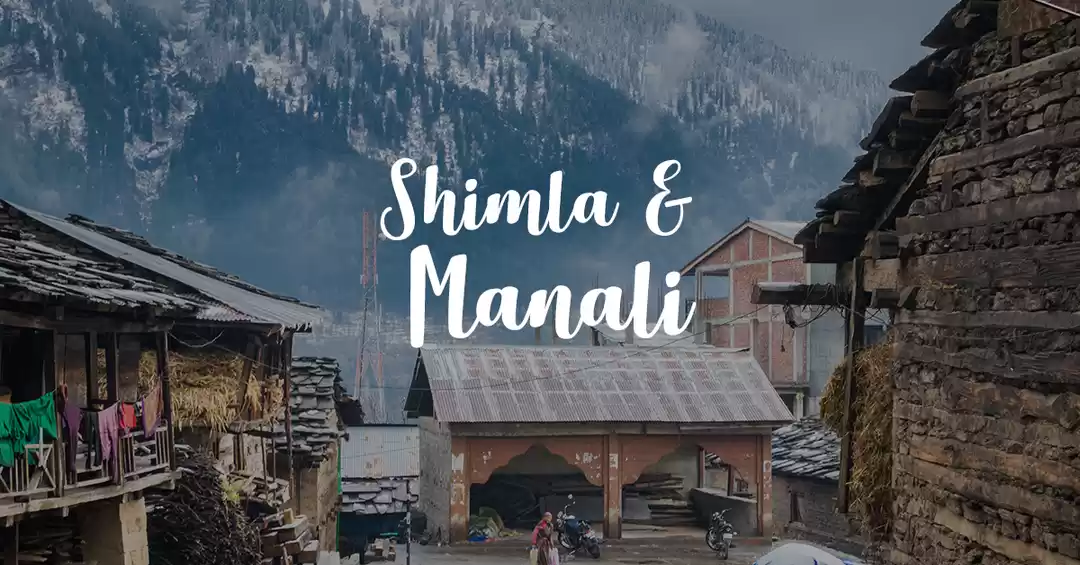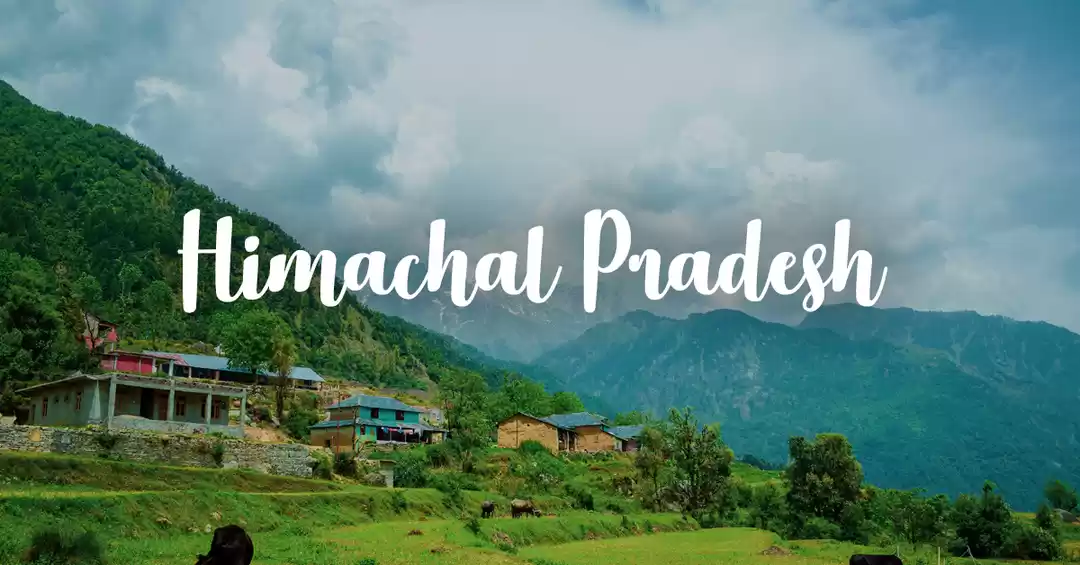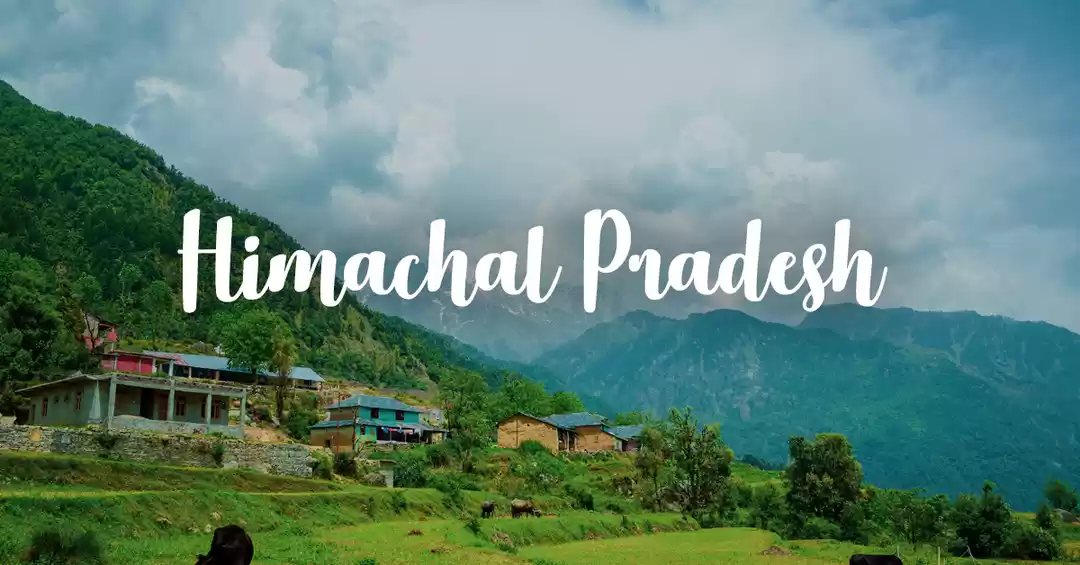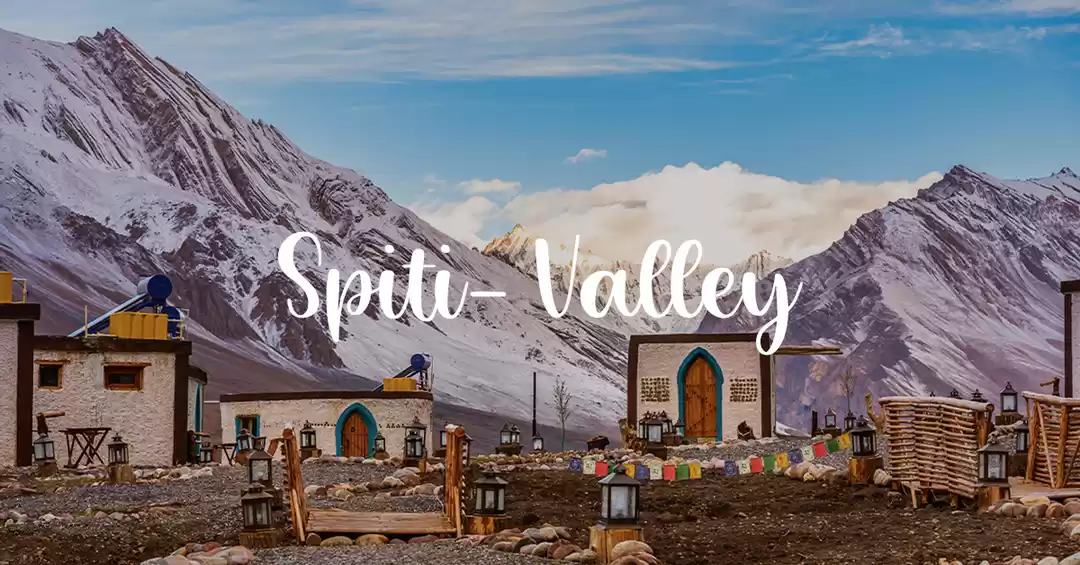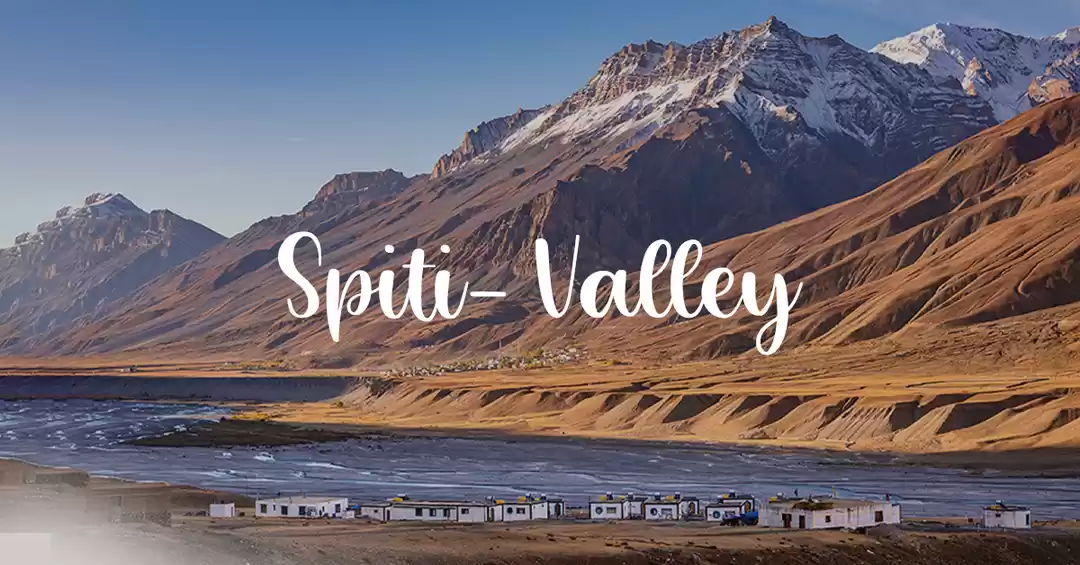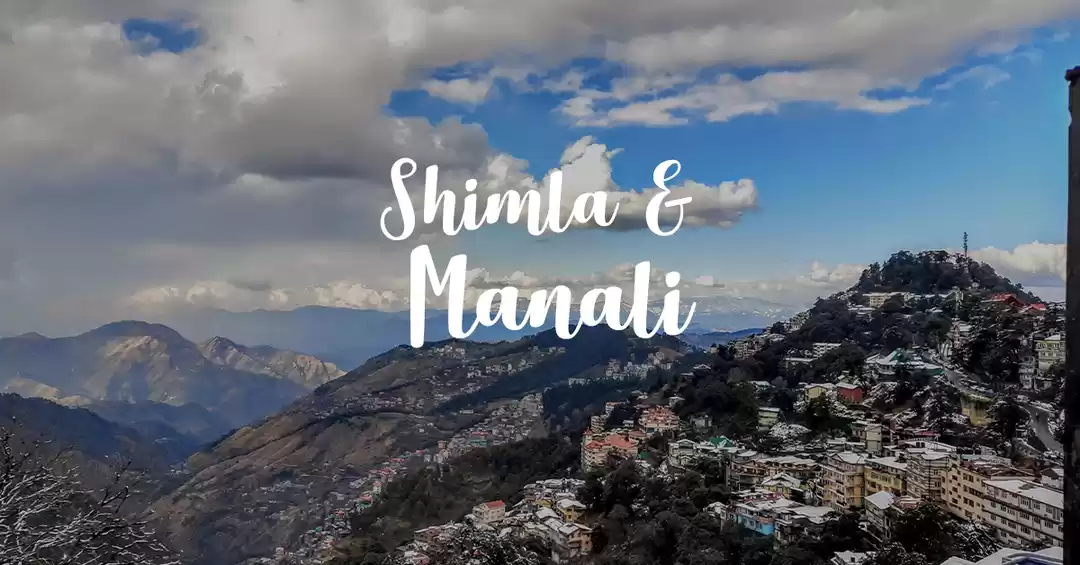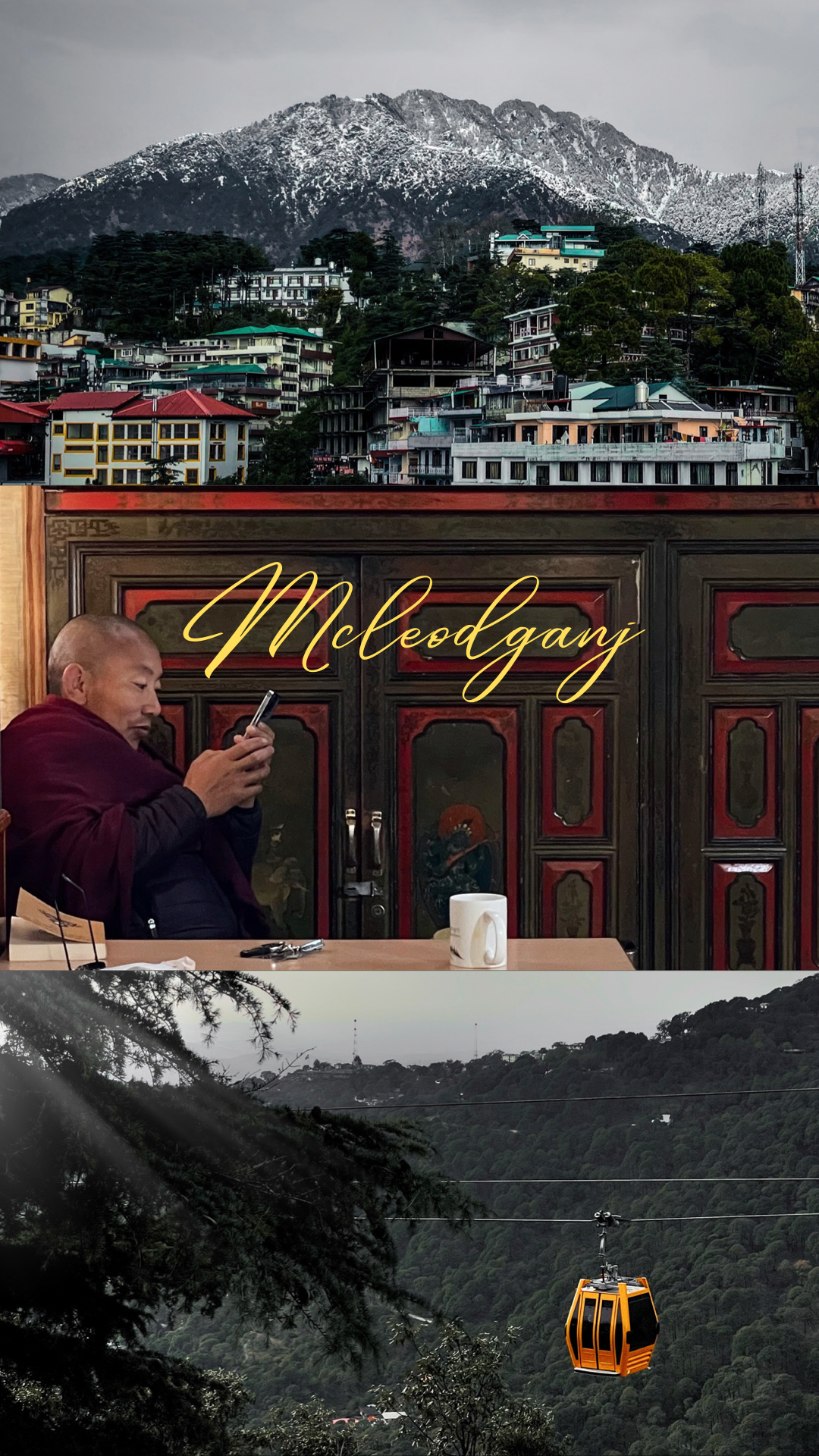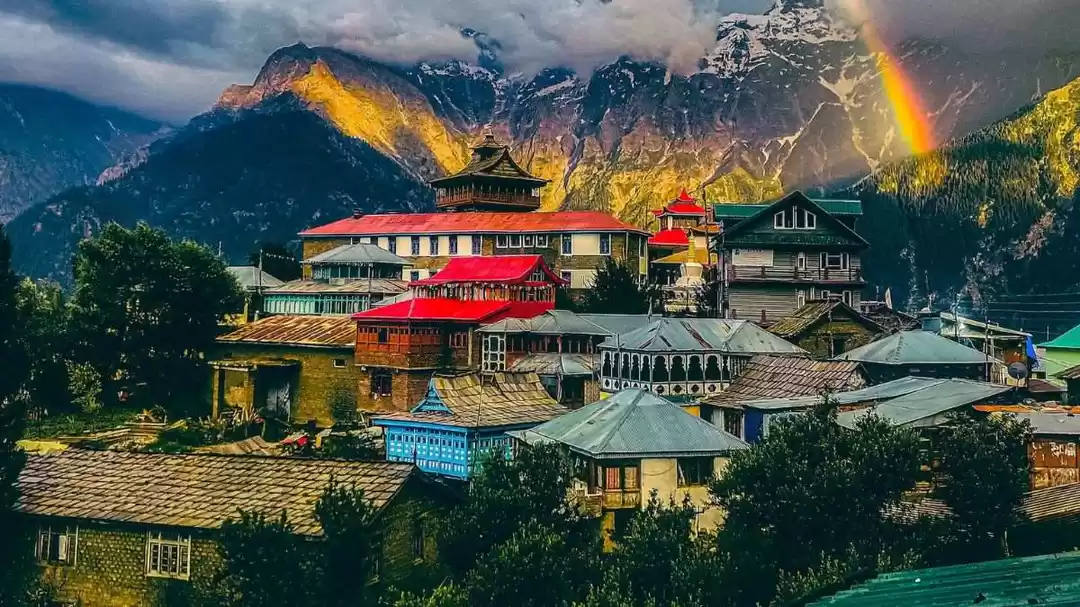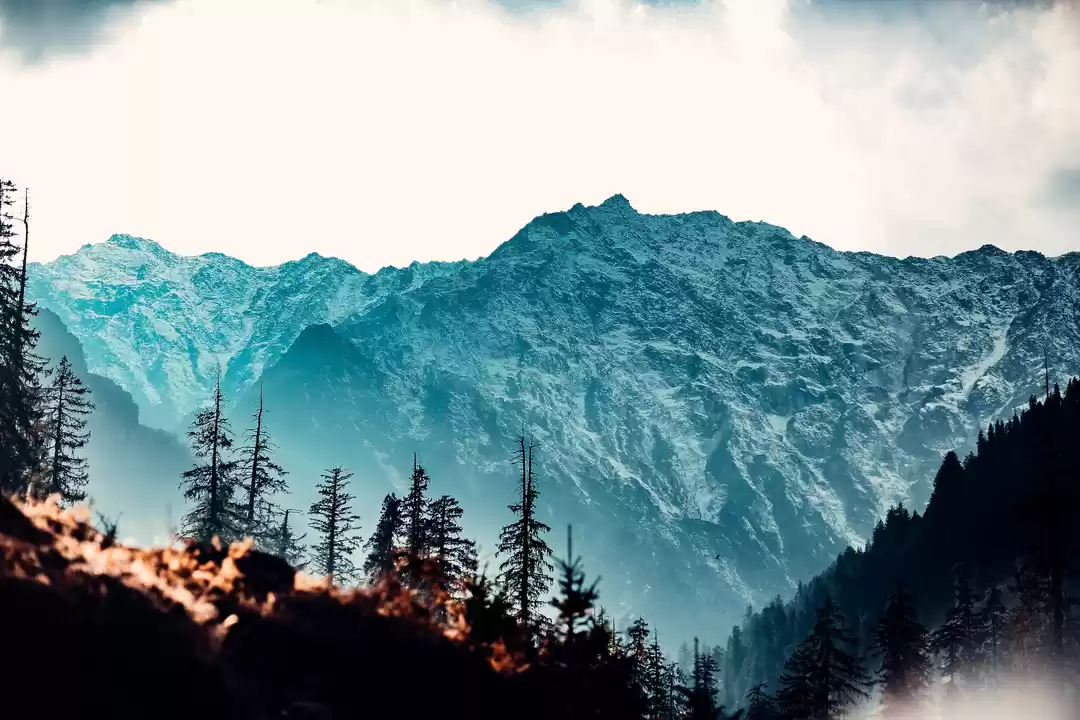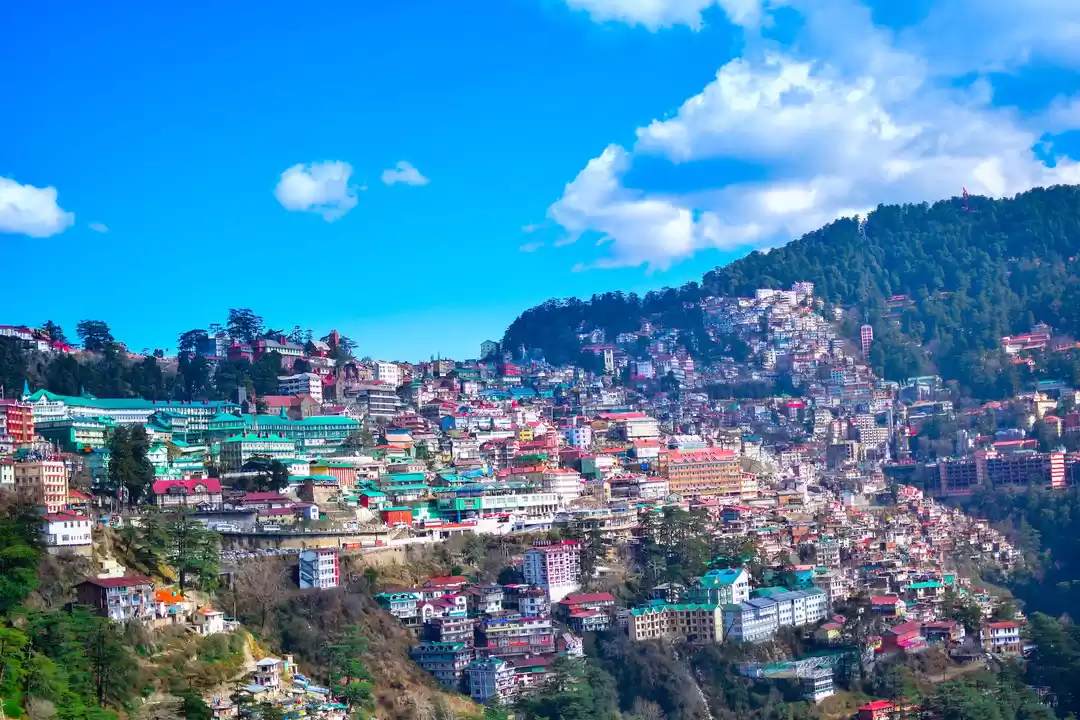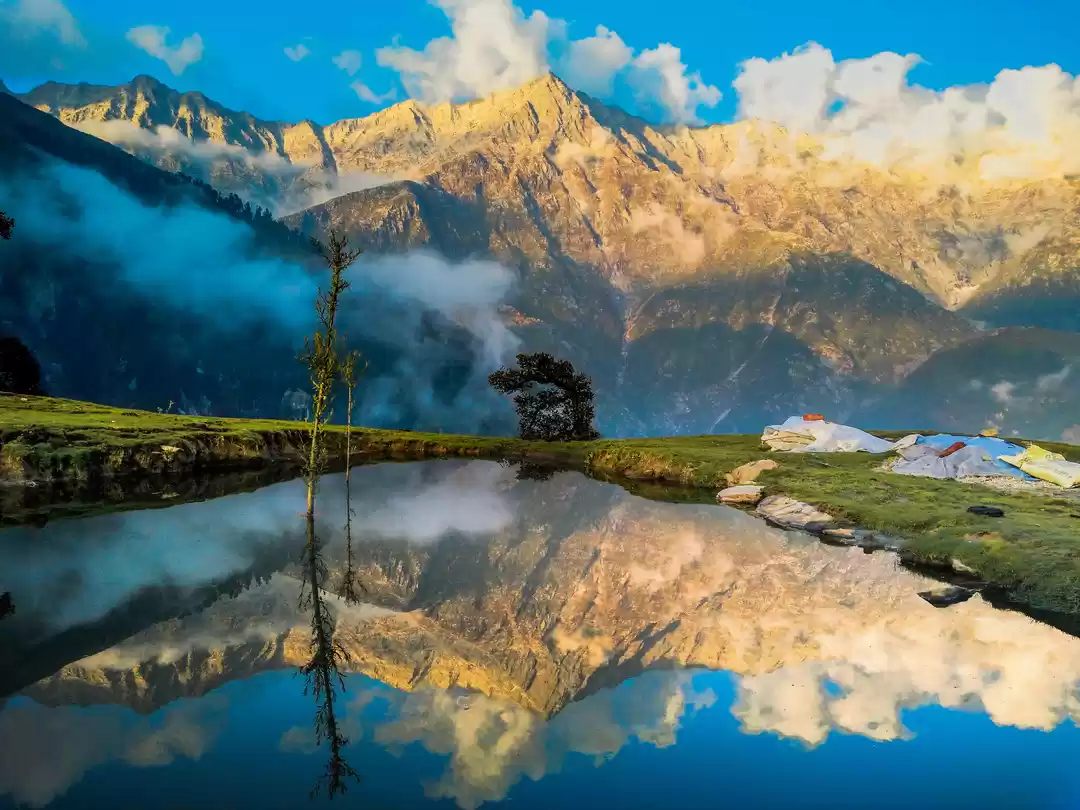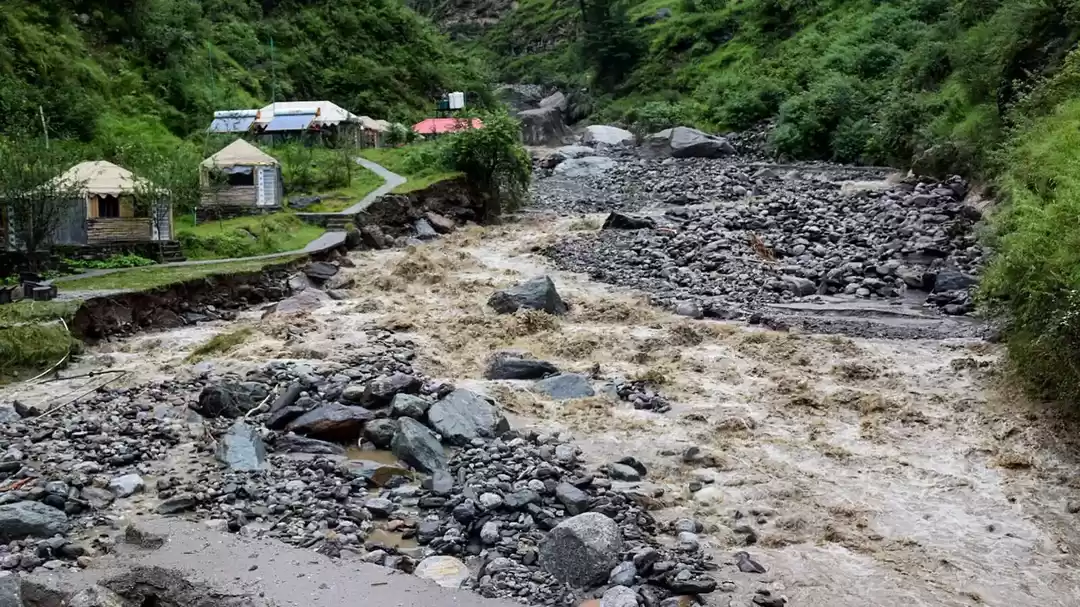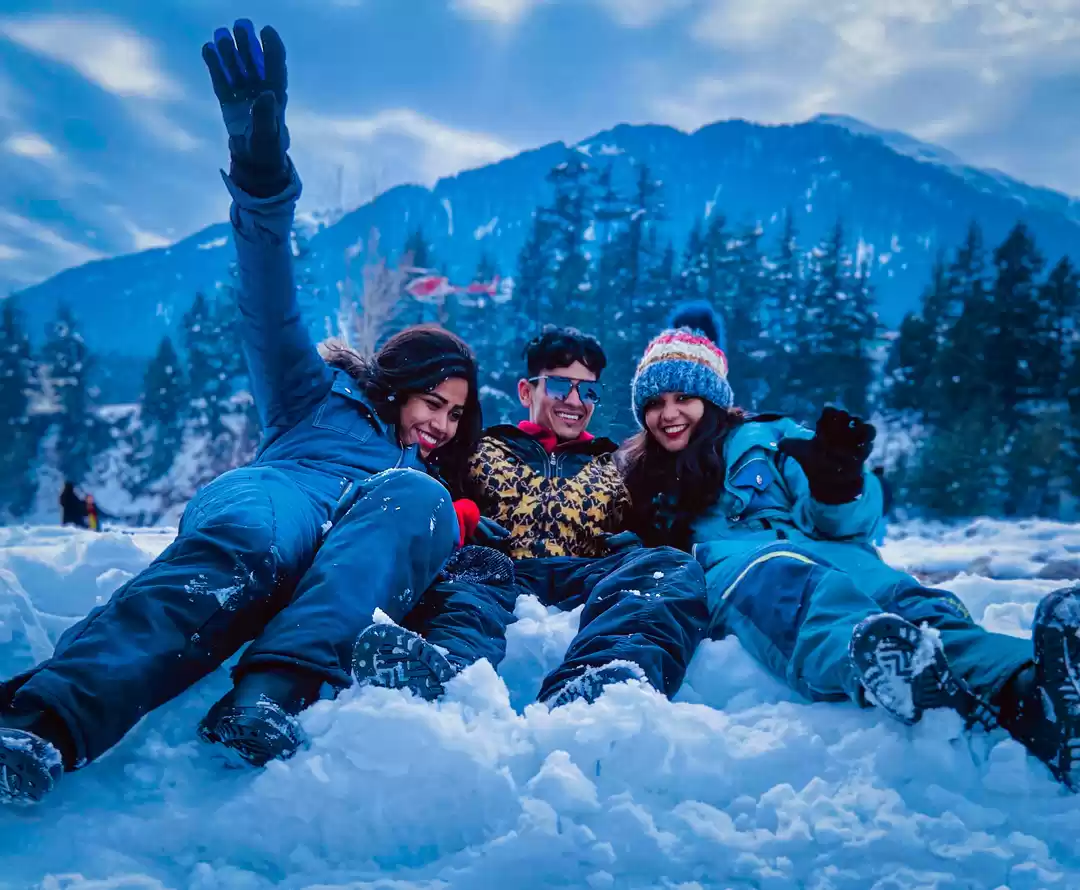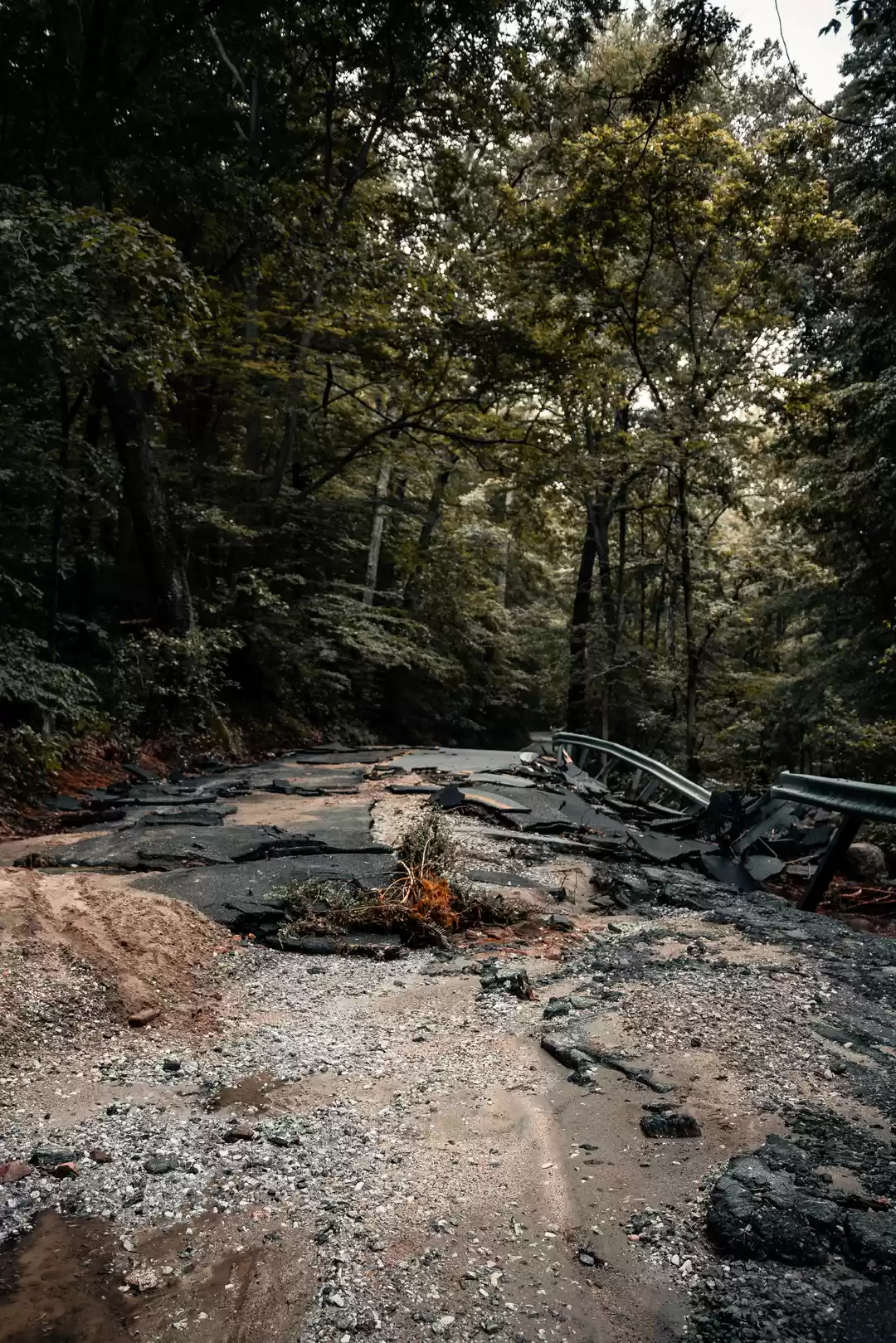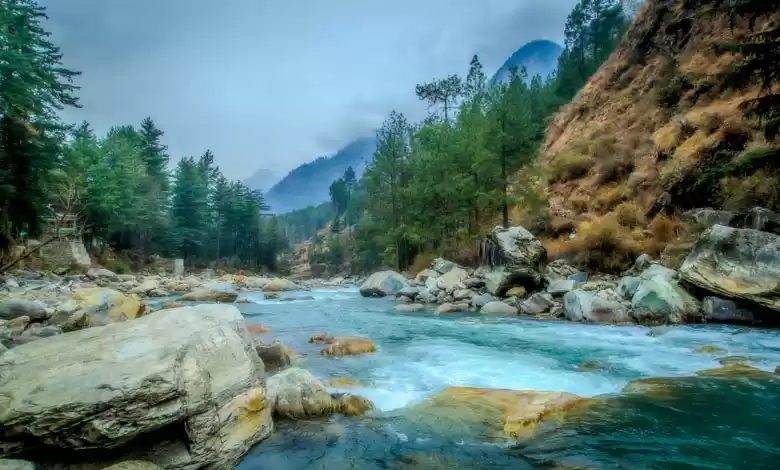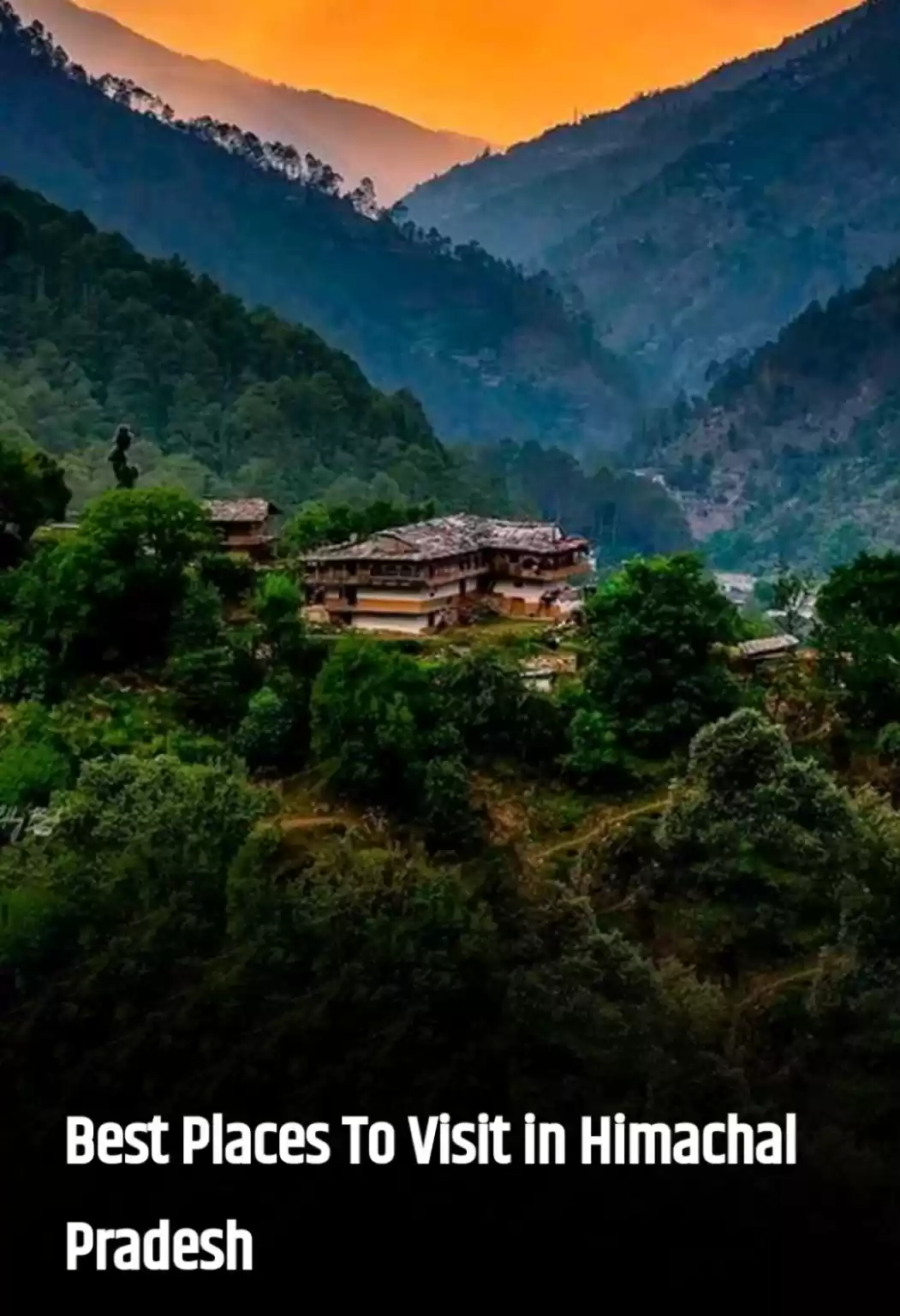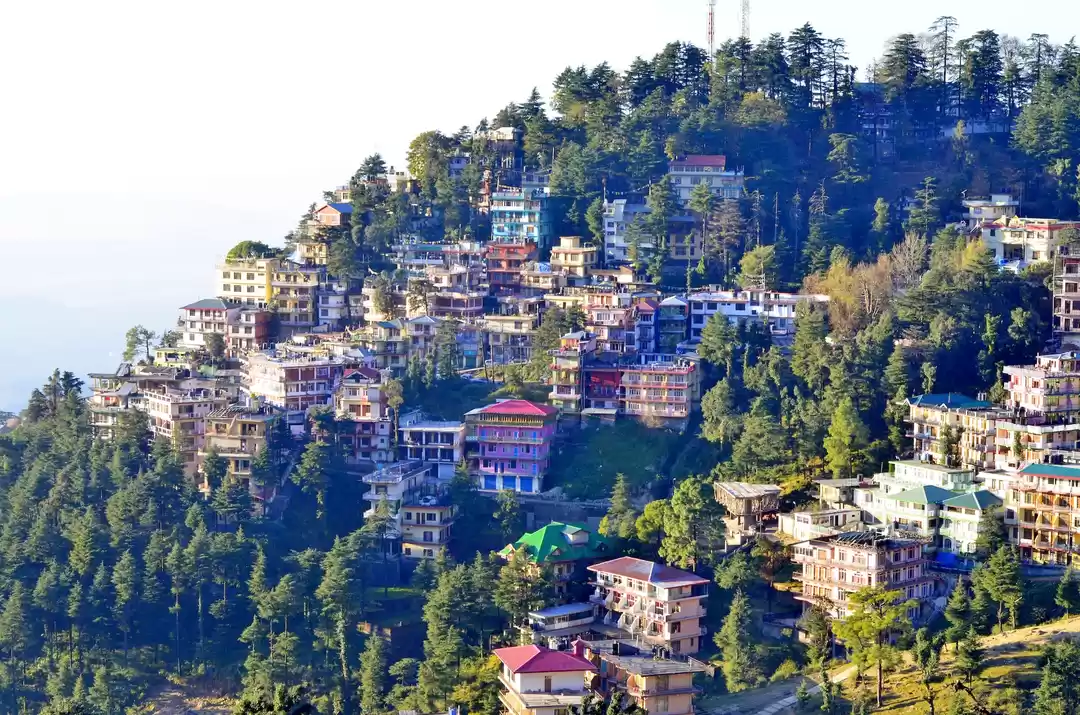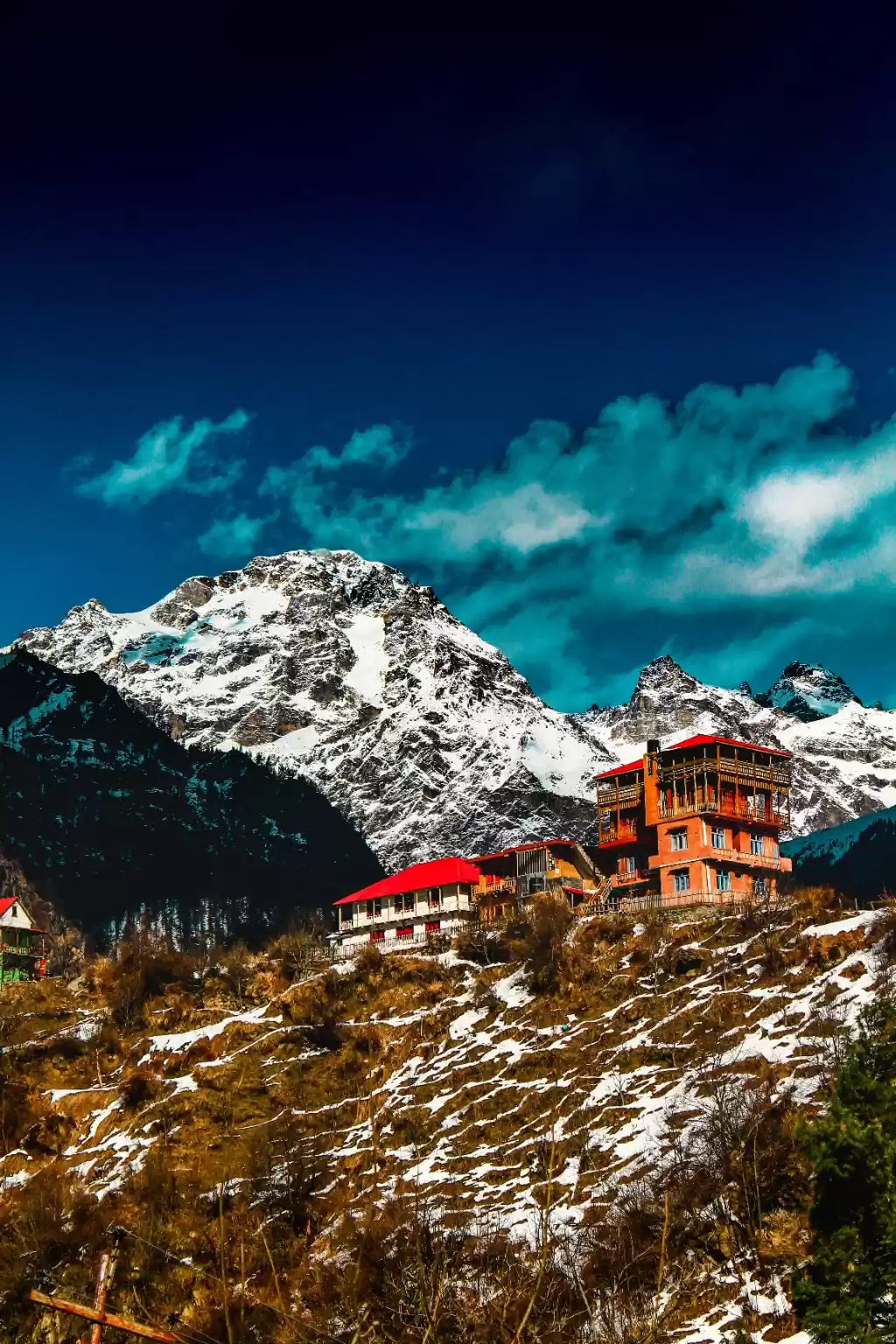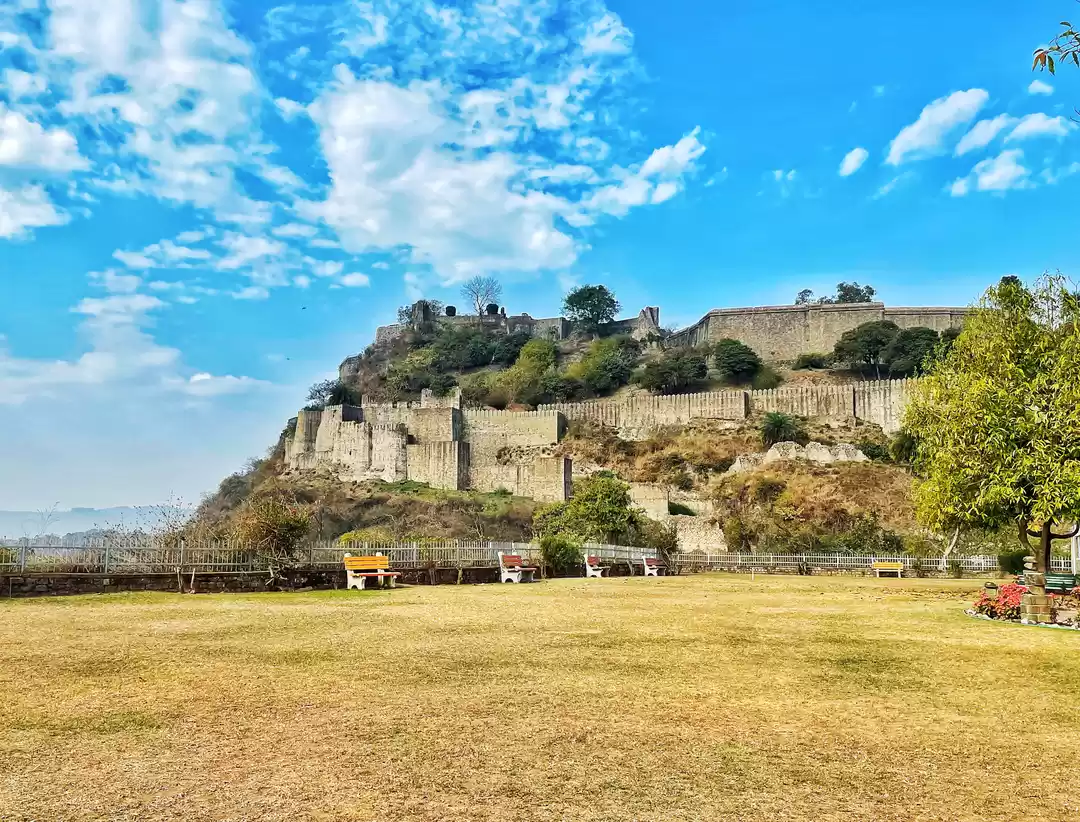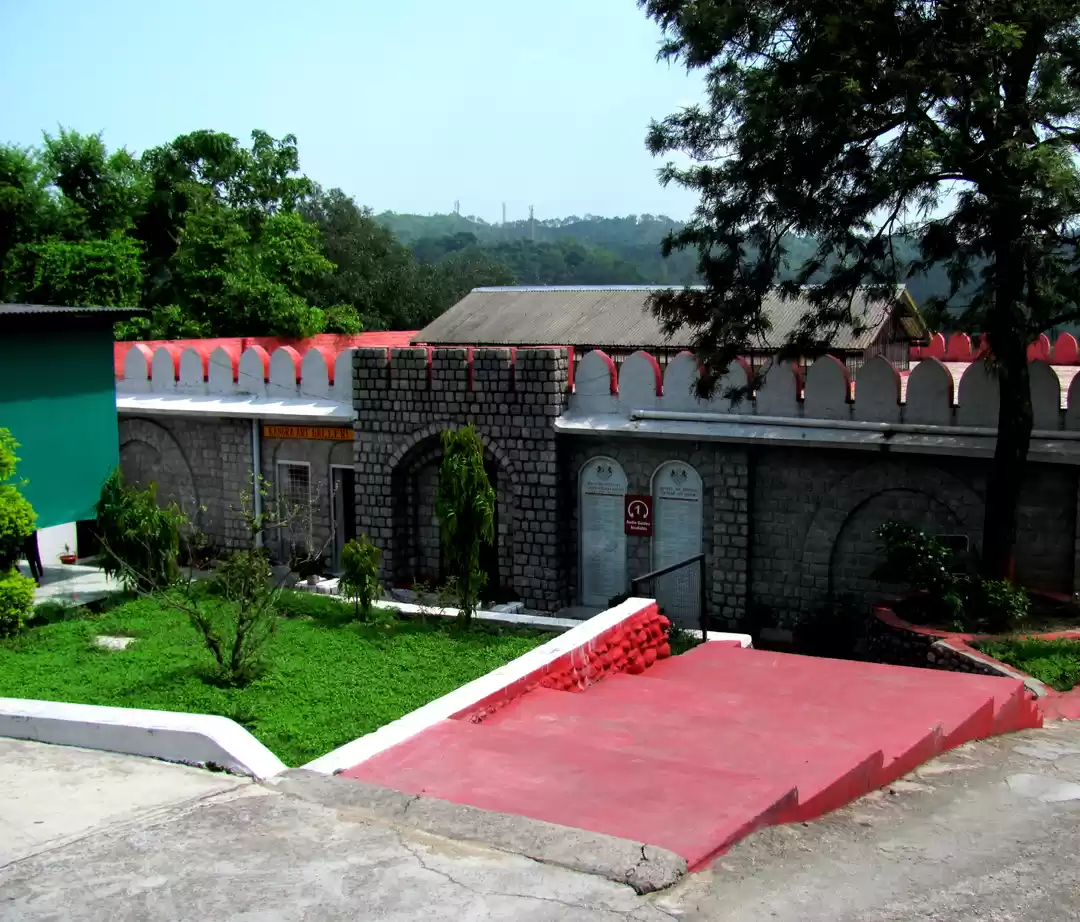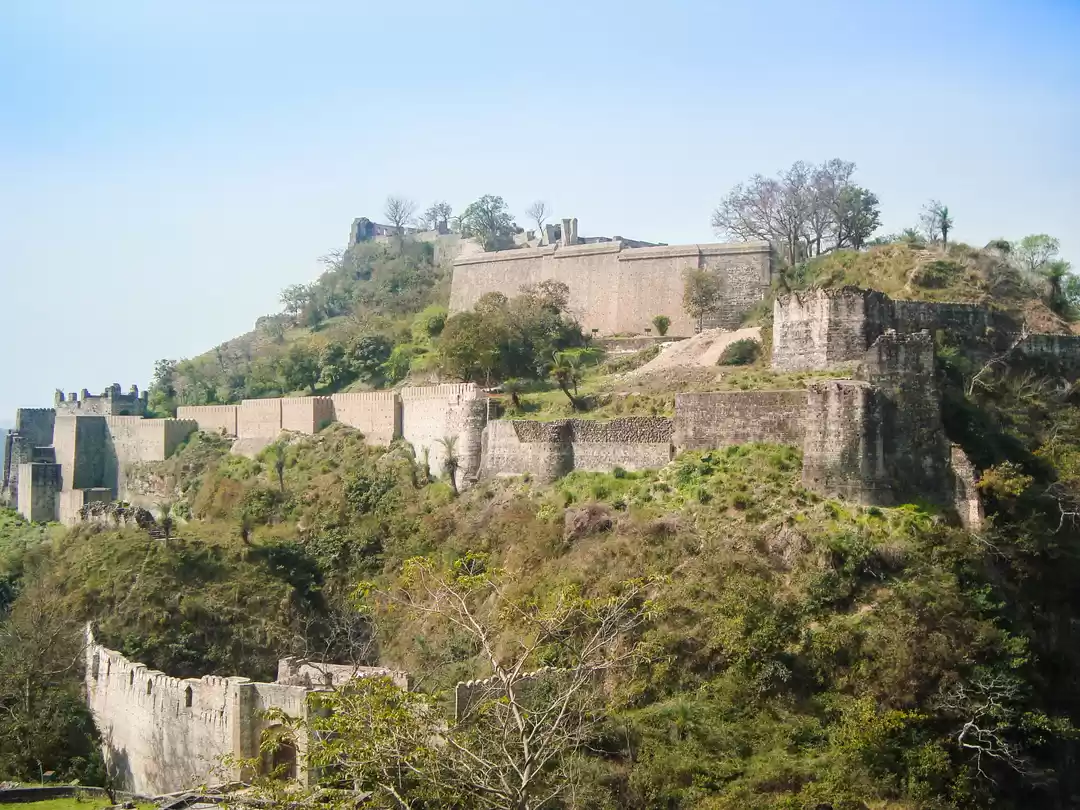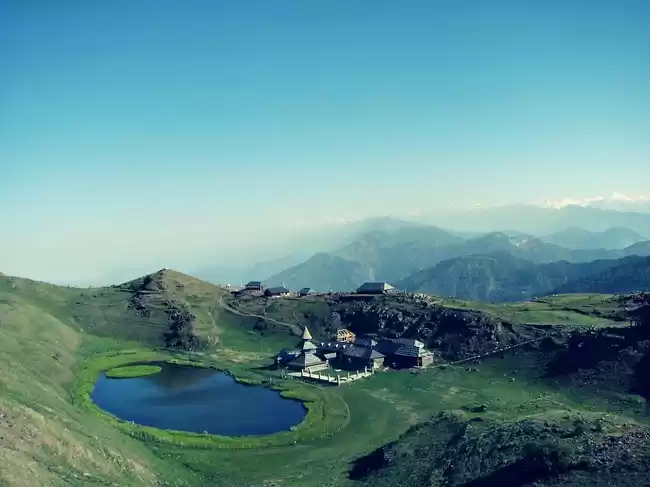
What do you do on a vacation? Do you let someone plan your vacation? Does someone else chalk out the daily plan for you on a vacation and keep you on road to cover "popular tourists points"? You come back doubly exhausted but with a false "happiness' of covering all the places? If yes, then I and you have opposite expectations from the vacations. 🙂
A vacation to me is to relax and visit places of my interest and not to cover the routine "points" listed on different online resources as a "must visit" places. My interest lies in the history and natural beauty. Going out for me is to have a relaxed time and doing things at my pace. 😛 Crisscrossing the place to visit sunrise point, sunset point etc. is not my kind of "vacations - "छुट्टियां ".
This year in May, 2019 while on a visit to Dharamshala - Mcleodganj, I shortlisted Kangra Fort in my "to do list". It's around 32 km from our homestay as per the Google and travel time is shown around 2.5 hours. We earmarked one day to explore our Indian heritage and planned to visit Kangra Museum in Dharamshala and Kangra Fort.
The cab arrived well in time. We started at 9.30 am after getting up without alarm and had a sumptuous filling breakfast of stuffed pranthaas. :P. On vacations, I am never in a hurry. As I had mentioned in my earlier posts about this vacation, I am accompanied by RB.
We reached the Kangra museum in less than an hour. It was still early and we get a space in the parking of the museum. It's a treasure trove to understand the growth of Kangra art and craft. The golden period of the cultural growth in this region was during Katoch dynasty. Katoch kings were powerful and rich and have invested large amount of their riches in developing art and craft of the region.
As one enters the museum, first section is about stone carvings, next is about Kangra paintings and third and last section displays the jewellery and wood carvings. The stone carvings, murals, statues etc were as old as of 7th and 8th centuries.

The section of Kangra paintings was a showcase of divine relationship of Shri Krishna and Radha. It also depicts the lavish lifestyle of the royalty of those times. The natural colours still remains the bright and beautiful. I always admire in sheer awe the artists' imagination and how they bring it alive on paper. I can not draw a single straight line. This is one reason, I love photography. 🙂 .
After spending more than two hours here, we were back on wheels towards Kangra Fort. Criss crossing the well laid roads, we reached the fort by 1.30 pm. Our driver told us beforehand to have packed lunch from Dharamshala as there won't be good eating places near fort . We had some burgers and cakes packed along with some fresh fruits.
There is a small entry fee for fort. We opted for audio guide to know about detailed and correct history. It's a must, if you really are interested in the history of the fort. You can choose the language of the audio- English or Hindi. The audio guide may cost around Rs. 175 only inclusive of all the taxes. After testing the audio guide functioning, we started on our tour of the Kangra Fort.

All ears to my guide - Audio Guide, on the top of the Kangra Fort, catching my breath !
The fort is spread over a large area and has 4 km long rampart in black stone. Highest floor had a palace, below which are the temples of Lakshmi Narayan, Devi Ambika and Jain temples. Just wondering, if kings put themselves before Gods in the eyes of the citizens? The massive fort has 11 gates and 23 bastions.
Here are some of the glimpses of the fort tour.
The Kangra fort is the oldest fort in the Himalayas and according to ASI (Archeological survey of India), it's one of the largest forts of India, covering an area of 463 acres. It's dated back to 3500 years old and is said to be constructed by Maharaja Susurama Chandra, of Katoch dynasty.
The royal family in this region was supposed to be founded Rajanayka Bhumi Chand in 4300 BC. Legend has it that they had been a part of Mahabharata and they fought for Kaurvas. Bhumi Chand of Chandravanshi clan was born from the sweat of Devi Ambika, while she was fighting a long battle with the demons. He helped Devi Ambika in her fight against the demons and he was given Trigarta, the region between three rivers - Ravi, Beas and Sutlaj as Devi's blessings. Maharaja Susurama Chandra of Katoch dynasty accessed Trigarta after he lost Mahabharta as he fought for the Kaurvas. He did not go to his own kingdom in Multan but accessed Trigarta and built this fort to save his kingdom. He built a very rich kingdom and the lure of his rich kingdom attracted Alexander , Mehmood Ghajini, Maharaja Ranjit Singh and British to attack him.
The surroundings smaller kingdoms and rich devotees of Brajeshwari Devi temple used to make large offerings to the Goddess to save them in return from any calamity. Over the years, the treasures of the temple multiply, which was under control of the kingdom had helped the kingdom as the richest in the region. This was the reason,the fort was attacked innumerable times throughout the history. It was said, " whoever holds the Kangra Fort will hold the hills".
After innumerable attacks by different kingdoms, few like Mehmood Gazani, Sultan dynasty of Delhi, Maharaj Ranjit Singh of Panjab and Gurkhas also had controls over the fort. It was in 1846 when it came under control of Britishers. A british garrison occupied it till 1905, when it was heavily damaged by earthquake.What no army could do in hundreds of years, nature literally shook foundations of the fort.
After Independence, Archeological Survey of India handed over the fort complex to Katoch descendent Maharaja Jai Chandra. It's still under control with them. The family performs the yearly pooja of their family deity, Goddess Ambika Devi, whose temple is inside the fort.
The ruins of the fort are well preserved and well maintained. The Sansarchand Museum in the premises of the fort will let you peep in the lifestyle of the royalty. It took us almost three hours there. You will find the clean conveniences there.
All pics are copyrighted with the author and this blog.



